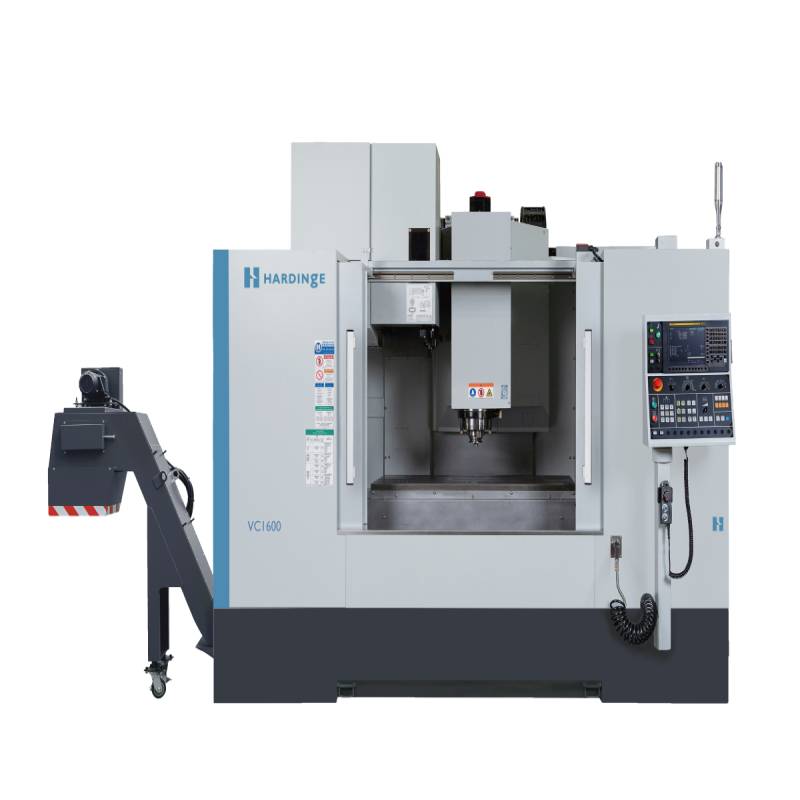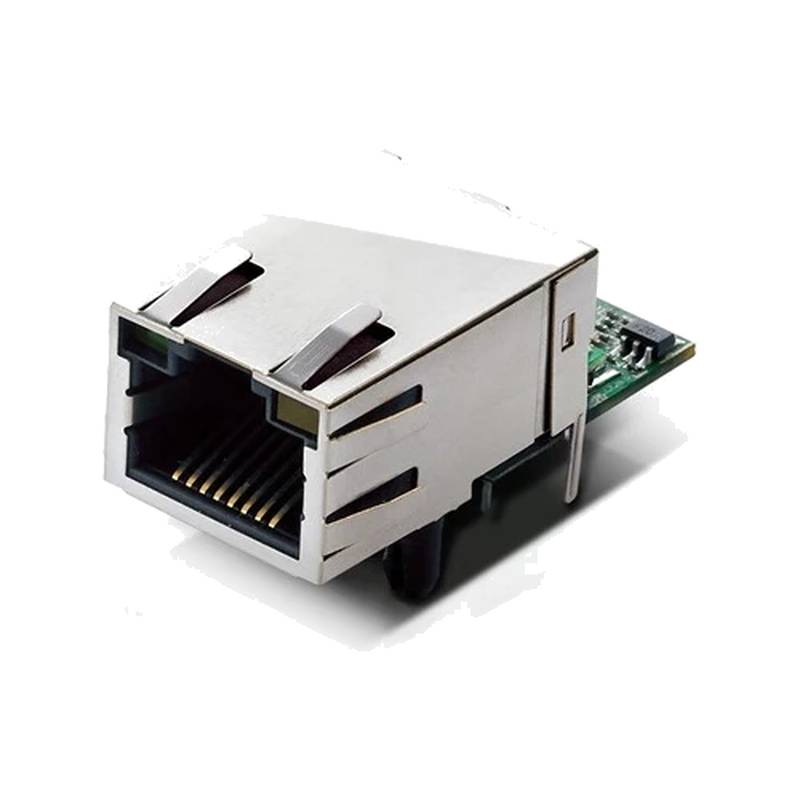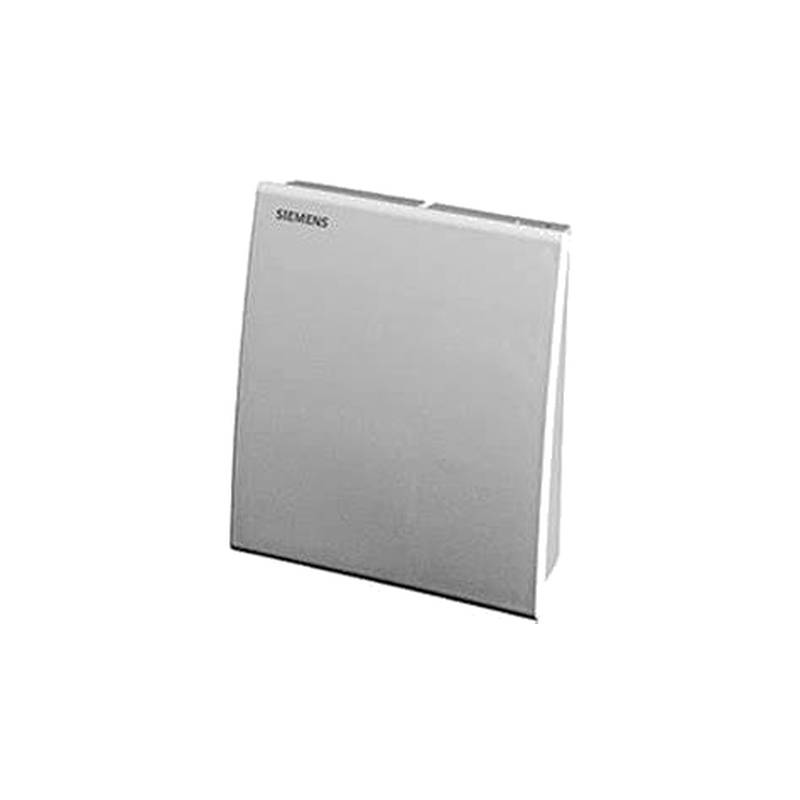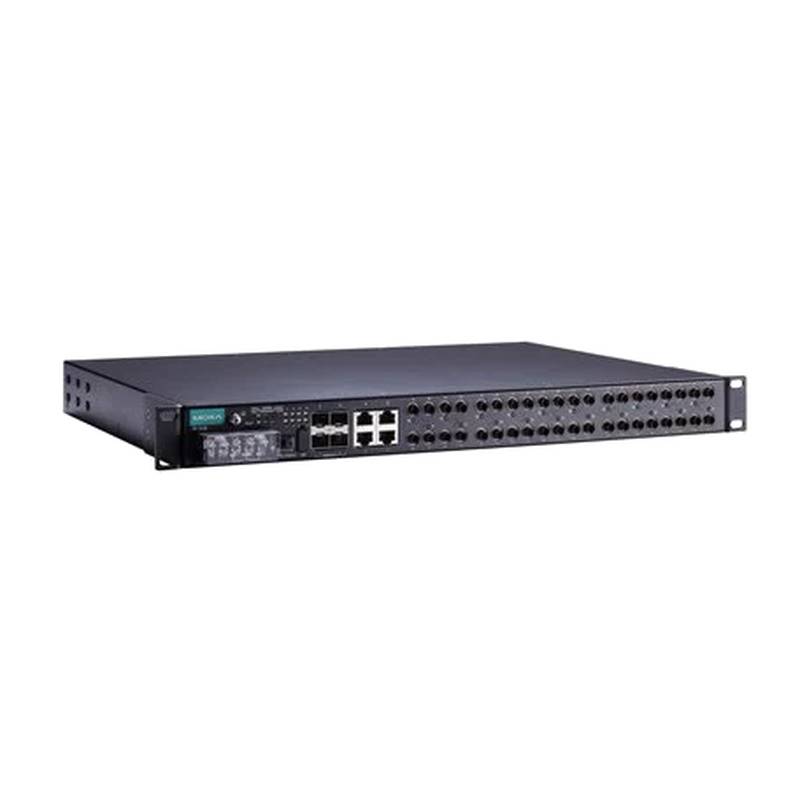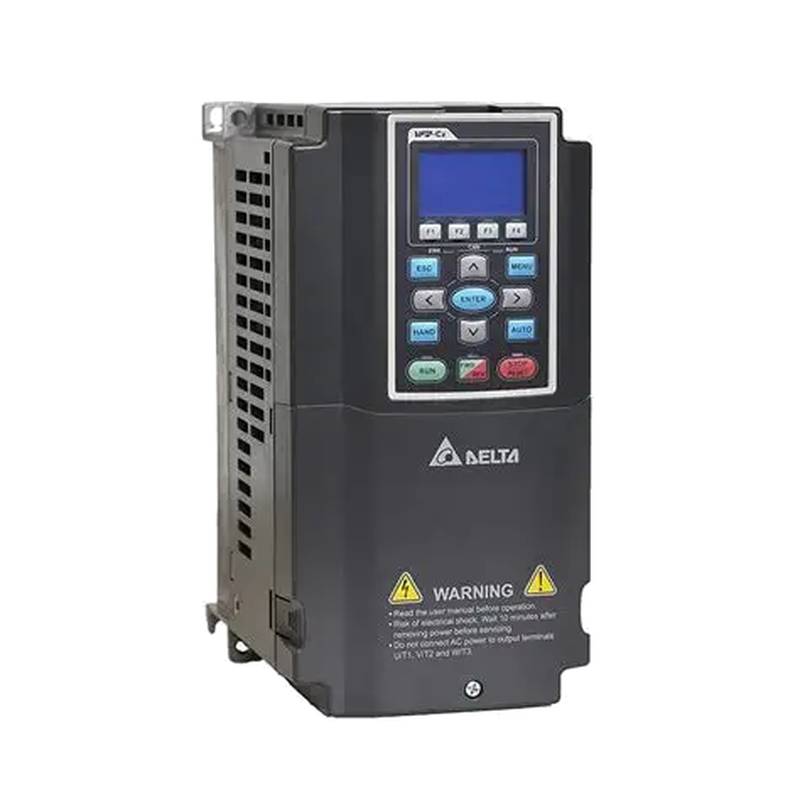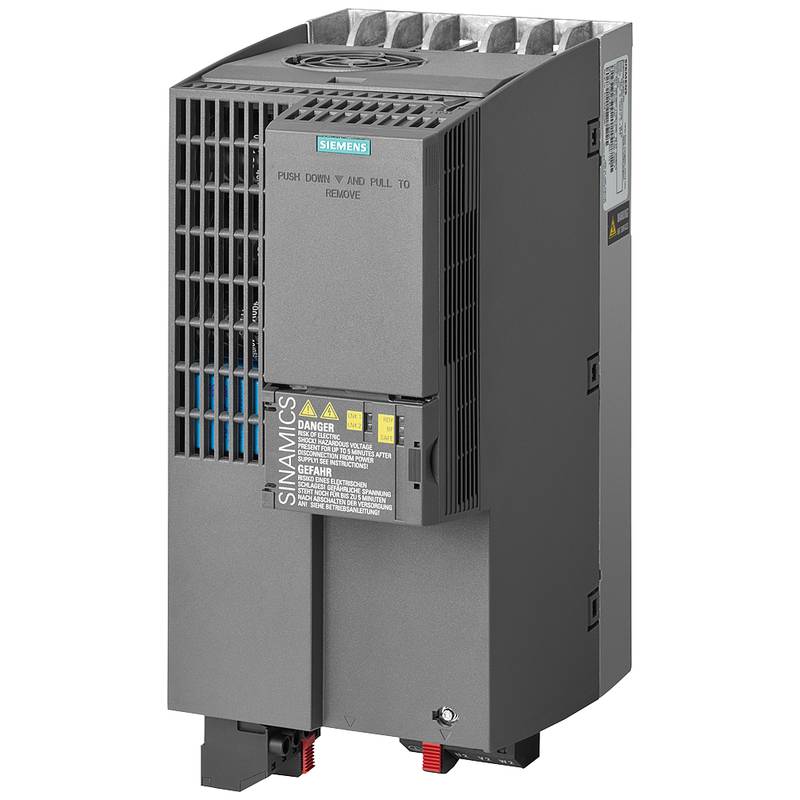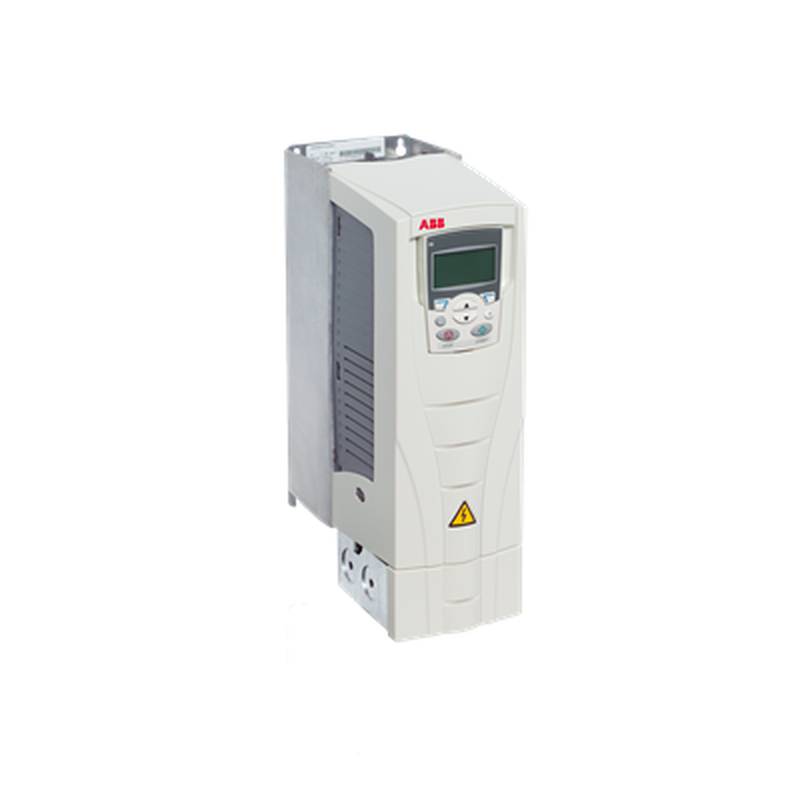
The HARDINGE TA51 MYT is a state-of-the-art industrial CNC turning center engineered for unparalleled precision and efficiency in demanding manufacturing environments. This machine excels in producing complex parts with tight tolerances, offering significant advantages in reduced cycle times, enhanced surface finish, and superior dimensional accuracy. Its core strengths lie in its robust construction, advanced control system, and versatile tooling capabilities, positioning it as a premium solution for high-volume production and intricate component manufacturing across various sectors.
HARDINGE TA51 MYT Product Specifications
| Feature | Specification |
| :----------------------- | :------------------------------------------------ |
| Max Turning Diameter | 51 mm (2.01 in) |
| Max Turning Length | 120 mm (4.72 in) |
| Spindle Speed | Up to 10,000 RPM |
| Spindle Motor Power | 15 kW (20 HP) |
| Turret Stations | 12 (Live Tooling Capable) |
| X-Axis Travel | 180 mm (7.09 in) |
| Z-Axis Travel | 140 mm (5.51 in) |
| Y-Axis Travel | ±40 mm (±1.57 in) |
| Bar Capacity | 51 mm (2.01 in) |
| Control System | FANUC 0i-TF Plus |
| Tool Shank Size | 20 mm x 20 mm |
| Rotary Tool Spindle Speed| Up to 6,000 RPM |
| Rotary Tool Spindle Motor| 7.5 kW (10 HP) |
| Machine Footprint (Approx.)| 2.5 m x 1.8 m |
| Weight (Approx.) | 4,500 kg (9,920 lbs) |
Core Features & Market Positioning
The HARDINGE TA51 MYT distinguishes itself through its integrated live tooling capabilities, enabling complex milling, drilling, and tapping operations in a single setup. This eliminates the need for secondary operations, significantly reducing work-in-progress inventory and lead times. The machine's rigidity, achieved through its heavy-duty cast iron construction, ensures minimal vibration and thermal distortion, critical for maintaining sub-micron tolerances consistently. Its FANUC 0i-TF Plus control offers intuitive programming and robust performance, recognized industry-wide for reliability and ease of use. This combination of features positions the TA51 MYT as a high-performance solution for industries demanding precision, speed, and versatility, such as aerospace, medical devices, and complex automotive components.
Key Application Scenarios
The HARDINGE TA51 MYT is ideally suited for the production of small to medium-sized, high-precision components. Its capacity for bar feeding makes it exceptionally efficient for mass production of parts like fasteners, medical implants, and intricate electronic connectors. The ability to perform multi-axis machining with live tooling opens up applications in creating complex gears, impellers, and specialized shafts where intricate features and tight concentricity are paramount. Industries requiring miniature, high-tolerance parts, such as defense and precision instrumentation, also benefit immensely from the TA51 MYT's capabilities, enabling the manufacturing of critical components with absolute confidence in quality and repeatability.
Practical System Integration Guidance
Integrating the HARDINGE TA51 MYT into an existing manufacturing workflow typically involves establishing reliable power and pneumatic supply connections. Ensure the electrical supply meets the machine's requirements, often a 400V/3-phase system. Proper grounding is essential for stable operation and to prevent electrical interference. For bar feeding, ensure compatibility with the chosen bar feeder system and integrate its controls with the CNC machine's interface for seamless part feeding and cycle synchronization. Machine leveling during installation is critical for accuracy; use a precision level and adjust the machine's leveling feet accordingly. Initial setup and programming should involve thorough testing of all axes and tooling positions using established workholding and tool offsets to ensure accurate part machining from the first run.
Operation and Risk Mitigation
Safe and efficient operation of the HARDINGE TA51 MYT is paramount. Always ensure all guards are securely in place before initiating any machining cycle. Operators must be fully trained on the FANUC control system, understanding emergency stop procedures, and safe tool loading practices. Common troubleshooting may involve ensuring proper coolant flow to prevent tool wear and maintain surface finish, as well as verifying spindle and turret alignment. Regularly inspect chip conveyor systems to prevent buildup, which can impede operation and potentially cause damage. Should any critical errors arise, refer to the machine's detailed maintenance manual for specific fault codes and recommended corrective actions, prioritizing safety above all during any diagnostic or repair process.
Scalability & Long-Term Value
The HARDINGE TA51 MYT offers significant long-term value through its robust design and adaptability. While direct hardware upgrades are typically managed through authorized service, the machine's compatibility with advanced tooling solutions and integration capabilities with modern metrology systems enhance its ongoing utility. For manufacturers looking to scale production, implementing additional TA51 MYT units provides a consistent and repeatable manufacturing process across multiple machines. Furthermore, the machine can be integrated into automated work cells, leveraging robotic loading and unloading systems, and can interface with Manufacturing Execution Systems (MES) for enhanced production monitoring and data collection, supporting Industry 4.0 initiatives and future digital transformation strategies.
Frequently Asked Questions
Q1: What industries commonly use the HARDINGE TA51 MYT?
The HARDINGE TA51 MYT is extensively utilized in the aerospace sector for producing precision components like engine parts and control mechanisms. Medical device manufacturers rely on its accuracy for creating intricate implants, surgical instruments, and diagnostic equipment. The automotive industry employs it for high-volume production of specialized engine parts, transmission components, and advanced sensor housings, where tight tolerances and repeatability are essential.
Q2: What are the primary advantages of the live tooling on the TA51 MYT?
Live tooling significantly reduces cycle times by allowing milling, drilling, and tapping operations to be performed in the same chucking. This eliminates the need for secondary operations, saving labor and reducing work-in-progress inventory. It also enhances accuracy by maintaining a consistent workpiece reference, leading to improved concentricity and reduced error accumulation between operations.
Q3: How does the FANUC 0i-TF Plus control contribute to the TA51 MYT's performance?
The FANUC 0i-TF Plus control is renowned for its exceptional reliability and user-friendly interface, simplifying complex programming tasks. Its advanced processing capabilities ensure smooth, precise motion control, crucial for maintaining tight tolerances on intricate parts. This control system also offers extensive diagnostic features and supports various communication protocols, facilitating integration and efficient troubleshooting.
Q4: What is the maximum bar stock diameter the HARDINGE TA51 MYT can handle?
The HARDINGE TA51 MYT is designed to accommodate bar stock with a maximum diameter of 51 millimeters (2.01 inches). This capacity makes it suitable for a wide range of industrial applications requiring the machining of medium-sized components from solid bar material. Ensuring the bar stock is within this specification is critical for optimal performance and machine longevity.
Q5: Can the HARDINGE TA51 MYT perform complex multi-axis machining operations?
Yes, the HARDINGE TA51 MYT is capable of complex multi-axis machining. Its Y-axis capability, combined with integrated live tooling on the turret, allows for off-center drilling, milling, and other contouring operations. This versatility enables the production of highly complex geometries that would typically require multiple setups on less advanced machinery.
Q6: What kind of precision and surface finish can be expected from the TA51 MYT?
The HARDINGE TA51 MYT is engineered for ultra-precision, capable of achieving very tight dimensional tolerances, often in the micron range. Its rigid construction and advanced control system minimize vibration and thermal distortion, contributing to exceptional surface finishes. This makes it ideal for applications where surface quality and geometric accuracy are critical, such as in the medical and aerospace industries.
Q7: What are the power requirements for the HARDINGE TA51 MYT?
The HARDINGE TA51 MYT typically requires a 400V, 3-phase electrical supply. Specific power consumption will vary based on the machining operations and spindle load. It is recommended to consult the machine's technical documentation or a Hardinge representative for precise power input details and ensure the facility's electrical infrastructure can meet these demands.
Q8: How does the machine's rigidity impact its performance?
The machine's exceptional rigidity, derived from its heavy-duty cast iron construction, is fundamental to its ultra-precision capabilities. Rigidity minimizes vibration and deflection during heavy cutting or high-speed operations, ensuring consistent tool engagement and superior surface finishes. This structural integrity is key to maintaining tight tolerances over extended production runs and reducing tool wear.
Q9: What is the typical lead time for a HARDINGE TA51 MYT?
Lead times for specialized industrial machinery like the HARDINGE TA51 MYT can vary significantly based on production schedules, customization options, and global supply chain conditions. It is advisable to contact an authorized Hardinge sales representative or distributor for the most accurate and up-to-date lead time information for your specific region and configuration.
Q10: How does the TA51 MYT facilitate integration with Industry 4.0 solutions?
The HARDINGE TA51 MYT is designed with connectivity in mind, enabling seamless integration with Industry 4.0 initiatives. It can interface with Manufacturing Execution Systems (MES) for real-time data collection on production output, machine status, and quality control parameters. This allows for enhanced process monitoring, predictive maintenance, and optimization of the overall manufacturing workflow in a smart factory environment.














